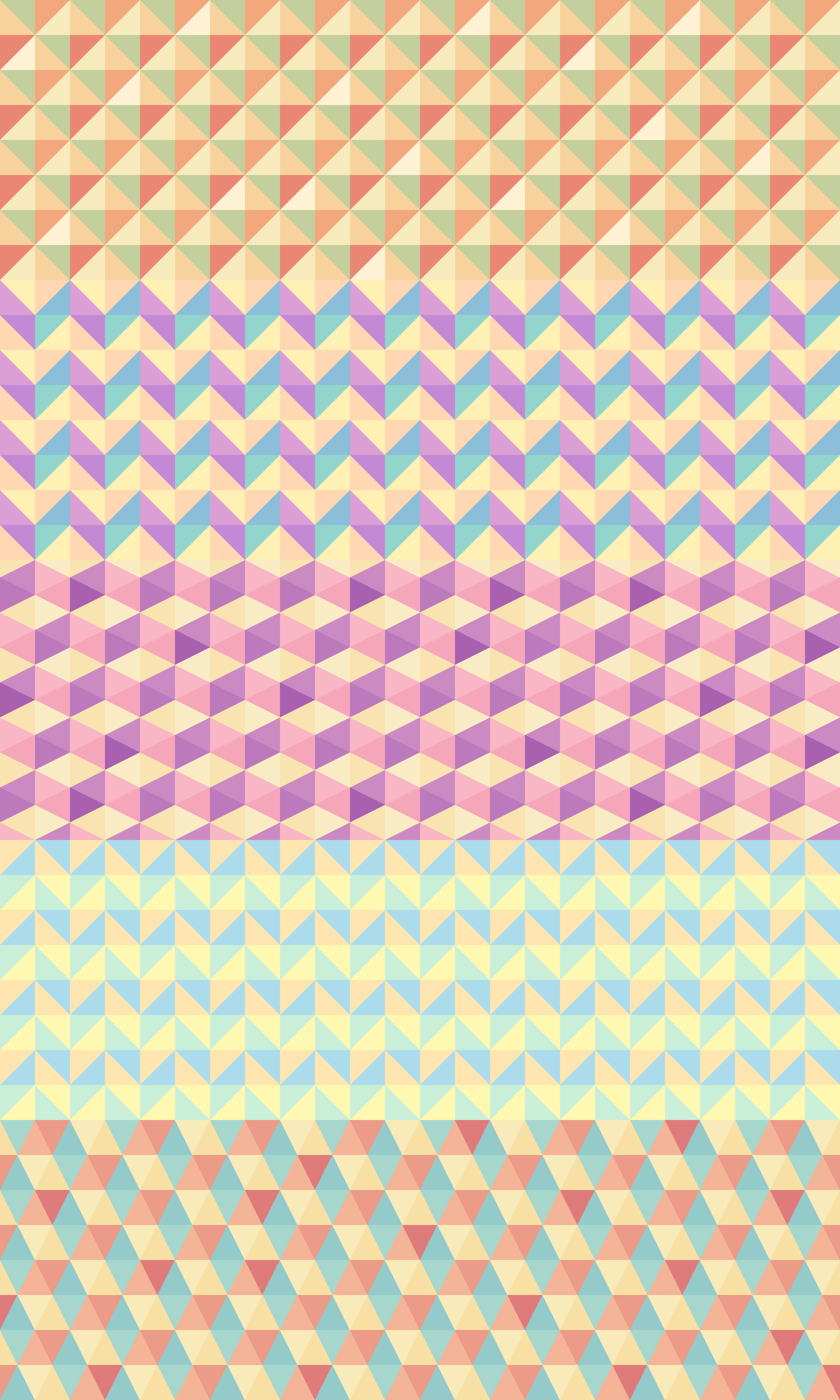Shapes 4.6 Download

For your desktop, server, in your web browser and as developer libraries. Download Now. Get Involved. Shape the future of QGIS with your contributions. GeoGebra - Free Online Geometry Tool. Geogebra is the best online geometry software for creating different geometric figures - points, lines, angles, triangles, polygons, circles, elipses, 3D planes, pyramids, cones, spheres.
Latest Version:
Requirements:
Windows XP / Vista / Windows 7 / Windows 8 / Windows 10
Author / Product:
MSI / MSI Afterburner
Old Versions:
The version of NeoFinder for Mac you are about to download is 7.5.Each download we provide is subject to periodical scanning, but we strongly recommend you check the package for viruses on your side before running the installation. It may sharply differ from the full version of the program due to the license type. You are about to download a trial version of the application. Neofinder cost.
Filename:
MSIAfterburnerSetup460Beta12.exe
MD5 Checksum:
57bf39c5bdf145c57a5ba5b51d9524ce
Boost your game and PC lifespan while keeping it in top shape! Download Razer Cortex!
Overclocking Tools
Exploring and exceeding the limits of your graphics card might sound scary, but it’s actually easier than you think. MSI After burner Overclocking tools provide easy and precise access to your video card settings. When increasing your GPU’s clock frequency and voltage, using fan speed control will enable you to find the perfect balance between performance and temperature. It’s time to unleash the true potential of your graphics card and show your rig who’s boss!
Hardware Monitor
Seeing is believing! In order to start mastering your system, you need to monitor and test it. Monitoring is the best way to ensure the best system stability while gaming and overclocking. The Hardware Monitor shows you critical hardware information in real-time; temperature, usage, clock speed, and voltage. You can even display selected information on-screen while you game, so you can keep a close eye on key statistics.
Triple Over Voltage
'We believe overclockers are always looking for the top, and we know that absolute control of the smallest details is vital to success. To reward our customers, we provide more extensive control over MSI graphics cards. The Triple Overvoltage feature will give you an edge by providing precise control of the Core, Memory and PLL voltages.'
Custom Fan Profiles
Heat dissipation is an essential factor for graphics card performance. It lets you fully customize a predefined fan speed curve, allowing you to determine cooling performance all the way!
In-Game FPS Counter
The FPS counter displayed in the corner of screen is your best friend in games. It provides you real-time information of your system’s performance in an On Screen Display, so you can keep a close eye on the effect of your overclocking settings while gaming.
64-Bit Support
MSI understand that After burner users operate on a wide range of platforms. With more and more games coming out for modern 64-bit systems, It has included full support for 64-bit applications.
Custom User Skins
Choose the look & feel that you like best! It comes with a selection of different skins that dynamically change how the program looks and what’s being displayed. Select one from the settings menu or download a custom skin online.
Multilanguage Support
Since MSI Afterburner is being used all around the world, you can select your language from the User Interface menu. All major languages are supported.
A shapefile is an Esri vector data storage format for storing the location, shape, and attributes of geographic features. It is stored as a set of related files and contains one feature class. Shapefiles often contain large features with a lot of associated data and historically have been used in GIS desktop applications such as ArcMap.
The primary way to make shapefile data available for others to view through a web browser is to add it to a .zip file, upload it, and publish a hosted feature layer. The .zip file must contain at least the .shp, .shx, .dbf, and .prj files components of the shapefile.

The following list summarizes how you can use shapefiles in ArcGIS Online and provides links to instructions:
- Publish a hosted feature layer from a shapefile (.zip).
- For hosted feature layers that have export enabled, the people who have access to the hosted feature layer can export the layer data to a shapefile.
- Add shapefiles (in a .zip file) to My Content, and share the file with others so they can download it.
- Add a shapefile (.zip) as a layer to Map Viewer.
Considerations for adding and publishing shapefiles
Keep the following information in mind when working with shapefiles in ArcGIS Online.
- Compression formats other than a .zip archive are not supported.
- When you create a .zip file that contains the .shp, .shx, .dbf, and .prj files that comprise the shapefile, store your shapefile directly in the root (the central directory) of the .zip archive, not in directories within the archive. If your .zip file viewer shows path information, the path should be blank.
- The shapefile must contain valid geometries. If you have ArcGIS Pro or ArcMap, you can use the Repair Geometry geoprocessing tool to correct invalid geometries in shapefiles. Invalid geometries cannot be published or drawn in Map Viewer.
- The following features are not supported: multipatch or multipoint geometries, geometries that cross the dateline, and self-intersections in polygons. Shapefiles with these features cannot be added to Map Viewer.
- You cannot drag shapefiles directly onto Map Viewer; you must use the Add button in Map Viewer.
